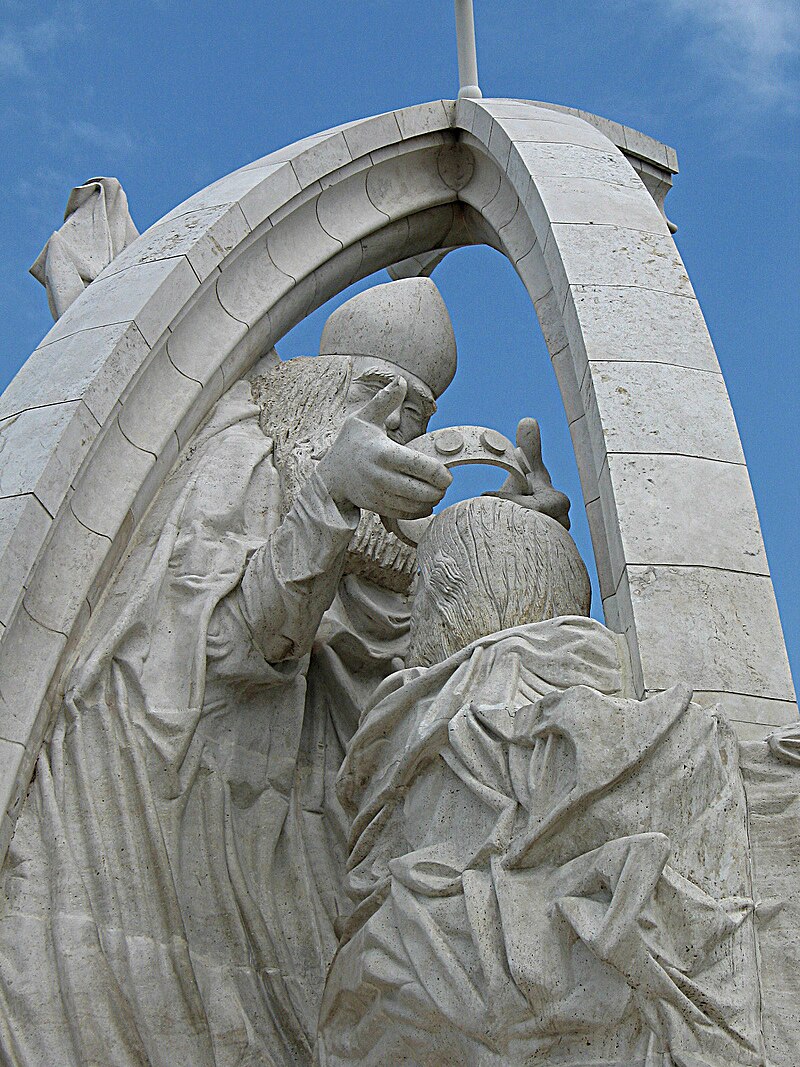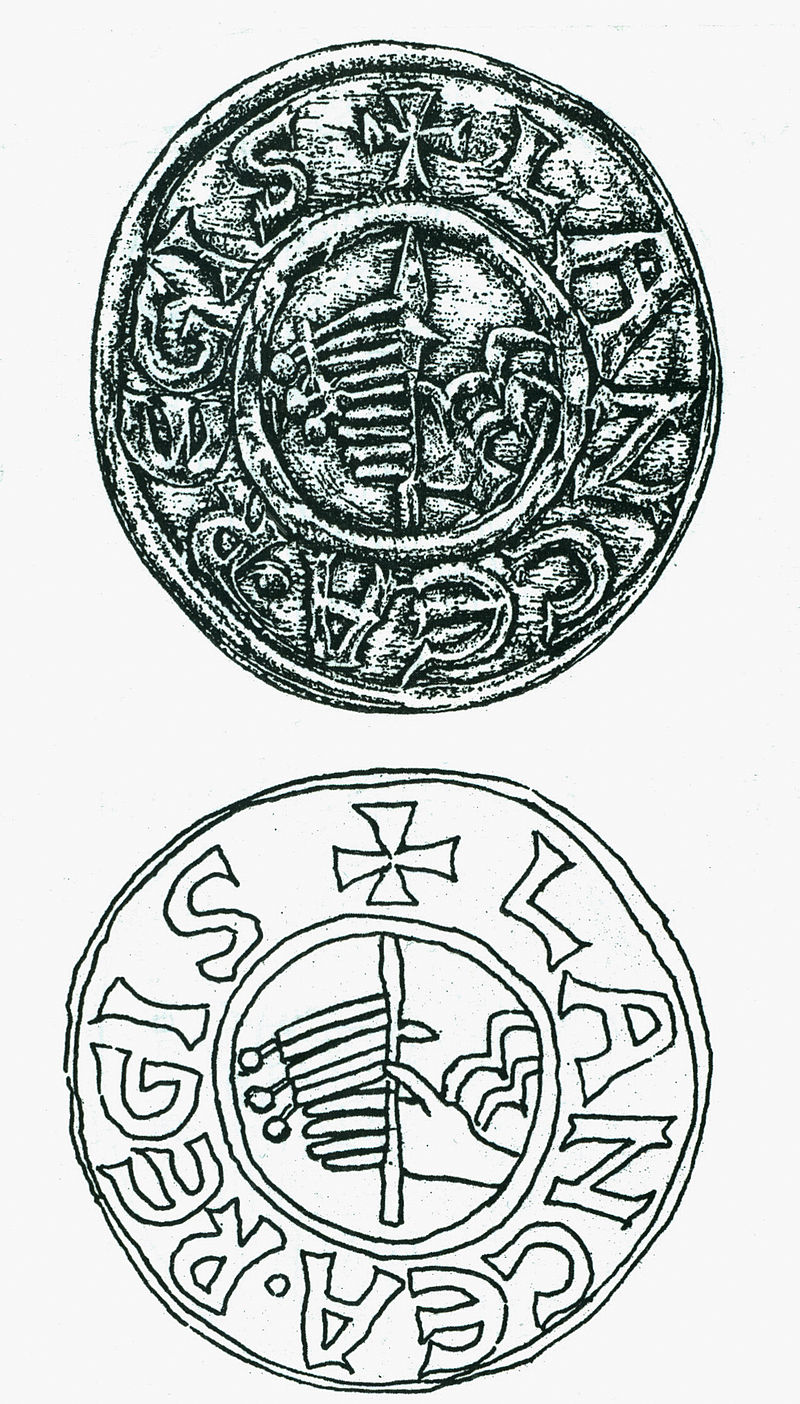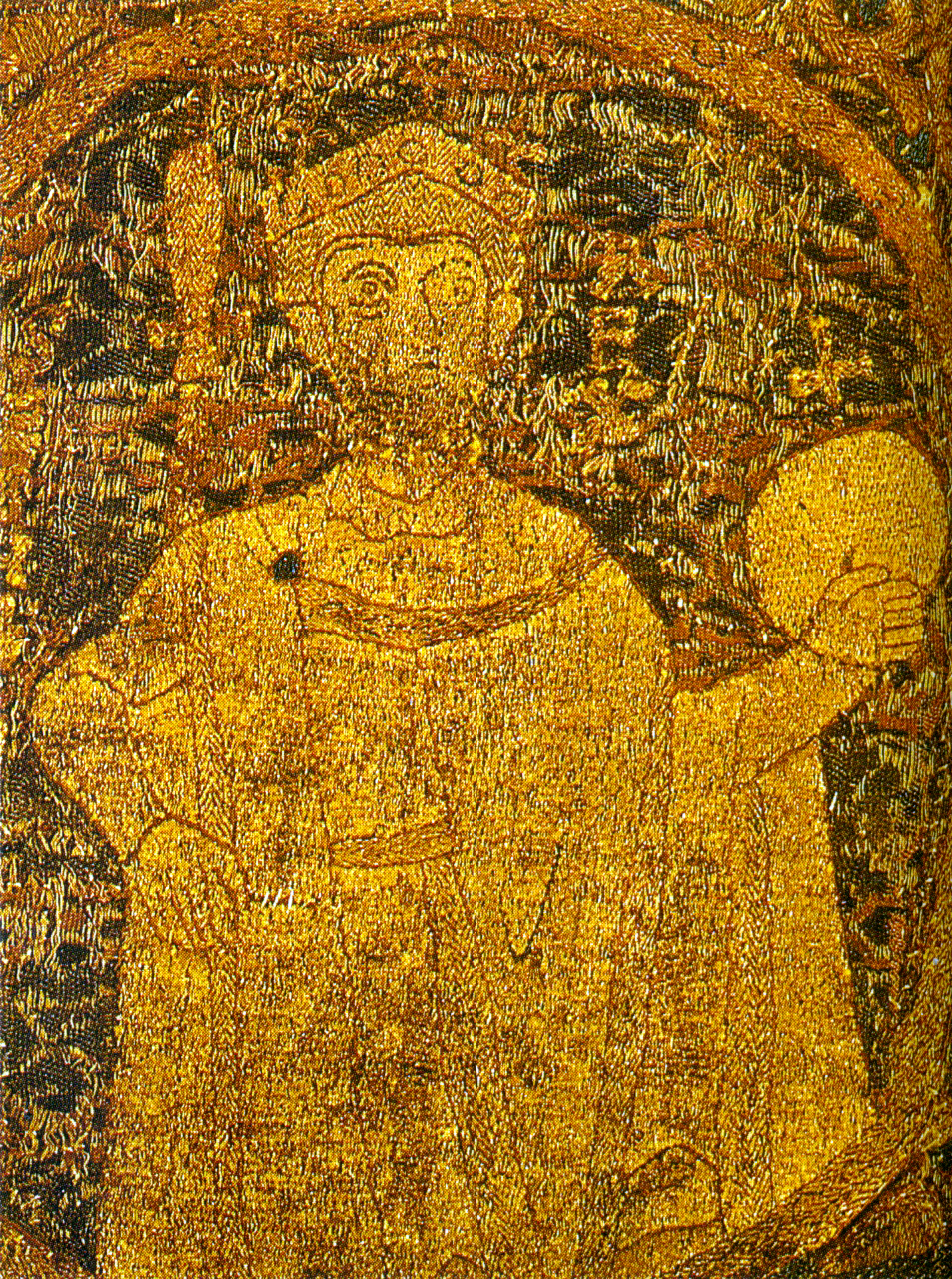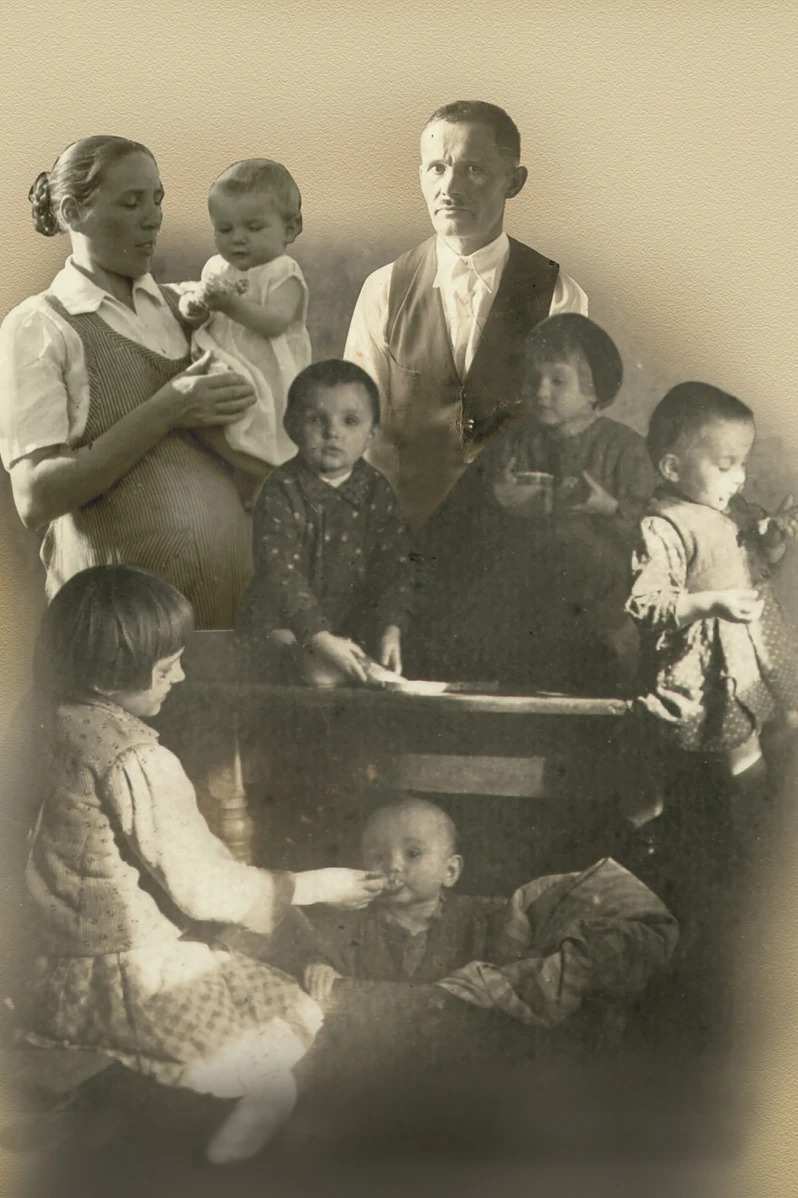Saint Stephen – Esztergom
Fact of the Hungarian figure „St. Stephen and others – First christian saints in Hungarian Kingdom”
Part of the „The patrons and guardians of the land” topic
Saint Stephen was canonized in 1083 during a series of canonizations organized by King Ladislaus. The purpose of Stephen’s canonization was likely to strengthen Ladislaus’s legitimacy and secure the support of the Church against his rival, King Solomon. By positioning himself as Stephen’s spiritual successor and the „second founder” of the kingdom, Ladislaus sought to solidify his rule.
Three legends of Stephen have survived, with the oldest being the Legenda maior, which may have been written at the time of his canonization. This legend is particularly significant because it assigns sainthood to a non-martyred monarch for the first time in Europe. Stephen thus became the first „confessor” king-saint, venerated for his sanctity of life, virtues, and service to the Church. The Legenda maior also introduces the motif of Stephen placing himself and his kingdom under the guardianship of the Virgin Mary, which later gave rise to the concept of the Regnum Marianum—the Kingdom of Mary.
The Legenda minor, likely composed shortly after his canonization, offers a more realistic portrayal of Stephen as a strong-handed ruler who took decisive action against pagans and traitors, including the blinding of his cousin Vazul to secure the succession. Around the turn of the century, Bishop Hartvik compiled these two legends, creating a comprehensive account of Stephen’s life and sainthood.







